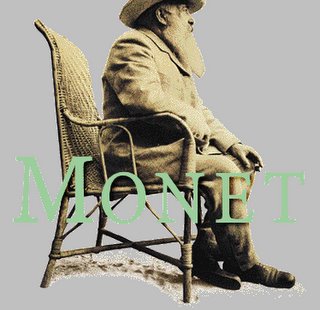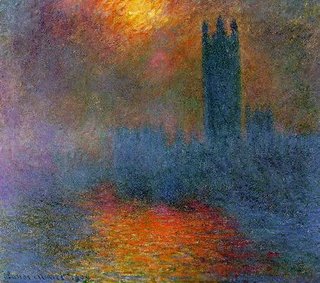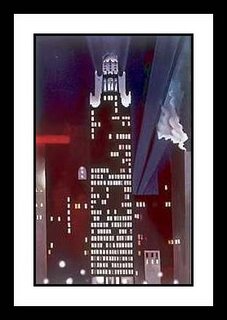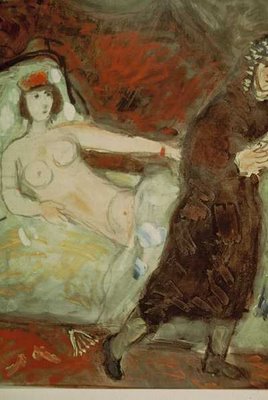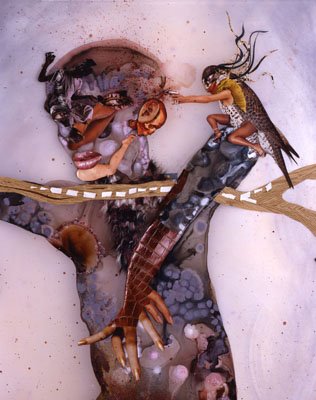
A life-sized sculpture of a naked and very pregnant Britney Spears on all fours in the process of giving birth to her first-born has drawn thousands of hate emails from around the world.
US artist Daniel Edwards has described the aim of his sculpture in its title .
"This is a new take on pro-life. Pro-lifers normally promote bloody images of abortion. This is the image of birth," said Edwards, quoted by AP.
Spears did not pose for the sculpture and is yet to comment on the subject.

A press release by the Capla Kesting Fine Art gallery in Brooklyn, which will display the sculpture next month, described the sculpture as showing Spears tugging on the ears of a bearskin rug "with water-retentive hands".
It said the sculpture "is purportedly an idealised depiction of Britney in delivery. Natural aspects of Spears's pregnancy, like lactiferous breasts and protruding naval, complement a posterior view that depicts widened hips for birthing and reveals the crowning of baby Sean's head".
The release said that the sculpture "celebrates the recent birth of Spears's baby boy, Sean, and applauds her decision of placing family before career".
"She was number one with Google last year, with good reason - people are inspired by the beauty of a pregnant woman," Edwards said in the release.
"A superstar at Britney's young age having a child is rare in today's celebrity culture," gallery co-director Lincoln Capla said.
"This dedication honours Britney for the rarity of her choice and bravery of her decision."
Edwards's exhibit also includes anti-abortion materials provided by the Manhattan Right To Life Committee.
The gallery denied the sculpture was developed from a rumoured bootleg Britney Spears birth video.
However AP reports that when some bloggers heard about the exhibit the gallery was inundated with about 3000 emails from around the world in just a week, offering angry opinions from all sides.
"We also got calls from Tokyo, England, France. Some people are upset that Britney is being used for this subject matter," gallery co-owner David Kesting told AP.
"Others who are pro-life thought this was degrading to their movement. And some pro-choice people were upset that this is a pro-life monument."
Edwards told AP the aim of his sculpture was to stir up debate about a difficult topic that "is greater than the issues presented by either pro-life or pro-choice advocates".
When asked whether he was absolutely against abortion, he told AP, "You nailed me. I'm not saying that I am. I wouldn't march with either pro-life or pro-choice advocates. This is not meant to be political."
ART TALK BLOG Reader Comment:I think this is a beautiful image. It is stunning and inspirational. I think it is a shame the artist had to make it about Britney to get the work talked about and viewed. Ideally it would get recognition without the publicity, but we don't live in an ideal world. I appreciate this piece for what it says about the beauty of childbirth and of women. I don't think it has anything to do with Britney other than her name is used as a catalyst for the piece.
Thanks for posting this.
Meredith
KEYWORD LINKS : Origional artical: Britney depicted in controversial nude sculpture , Other images of Britiney
